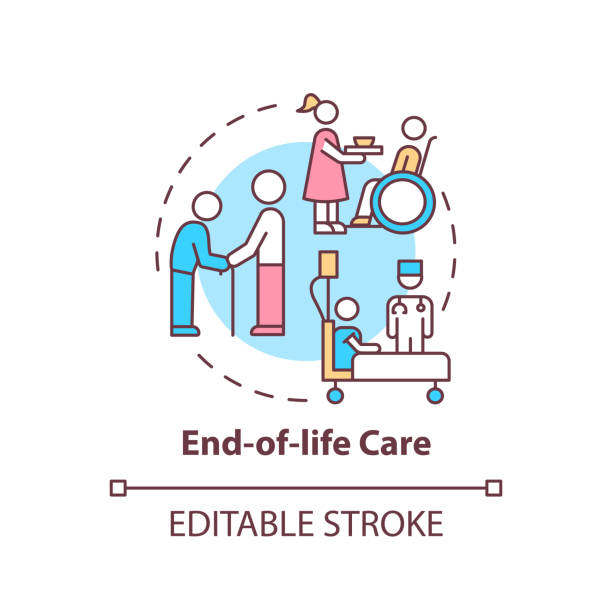
A blood smear can be used to confirm malaria. This is a basic blood test. A small sample of blood from the patient is placed on a slide. After that, a lab professional inspects the slide for parasites. Another type of test is called the rapid diagnostic test. This test checks for proteins released by parasites. This test can provide faster results than a Blood Smear, however, a blood smear will still be necessary to confirm the diagnosis.
Test for blood smear
A blood smear test is the best way to confirm the diagnosis of malaria. It can be performed in less than an hour. It will inform doctors about the type of Plasmodium that caused the infection and the number parasites. A blood smear can be used to determine if the patient has more severe malaria. This will require a different treatment from malaria caused by other species.

Rapid diagnostic tests
In Kenya, a rapid diagnostic test for malaria has been created to improve global healthcare. The Kenya Medical Research Institute has developed this test, which is an affordable option to costly laboratory tests. This state-owned institute is responsible for human health research. It was established 40-years ago. Today, it is a recognized leader in regional and international health research. It is dedicated to innovation and capacity building in order to fulfill its mission to improve human health.
PCR test
Malaria, Covid-19 and other parasites share many symptoms. This can lead either to misdiagnosis or a missed diagnosis. A PCR test can help confirm the diagnosis.
OptiMAL-IT assay
The OptiMAL–IT malaria test is a rapid test that detects Plasmodium LDH. It has been validated against thin blood samples and microscopic examinations for thick blood samples. This test is an excellent alternative to microscopy in malaria diagnosis.
XW-P07 assay
The XW-P07 Malaria Assay is an immunoassay which detects two proteins (P. falciparum specific HRP2 & P. vivax specific pLDH) in five milliliters total blood. The test has the potential to reduce the unnecessary rejection of blood donations. The test is done in a CLIA-certified lab.

BinaxNOW assay
BinaxNOW's malaria test detects antigens for Plasmodium falciparum parasites within whole blood in 20 minutes. It also detects aldolase, a pan-Plasmodium enzyme. This new test was approved by FDA. It is designed to rapidly diagnose malaria in humans. However, it should be noted that it does not replace microscopic examination for malaria diagnosis.
FAQ
Why do we have to have medical systems?
Many people living in poor countries lack basic healthcare facilities. Many of these people die from infectious diseases such as tuberculosis and malaria before they reach middle age.
In developed countries, most people get routine checkups and visit their general practitioners for minor illnesses. But, many people still have chronic illnesses such as heart disease or diabetes.
What are the different types of health insurance?
There are three types of insurance that cover health:
-
Private health insurance covers most of the costs associated with your medical treatment. Private companies often offer this type of insurance. You only pay monthly premiums.
-
Although most medical costs are covered by public insurance, there are certain restrictions. For example, public insurance will only cover routine visits to doctors, hospitals, labs, X-ray facilities, dental offices, prescription drugs, and certain preventive procedures.
-
To save money for future medical expenses, medical savings accounts (MSAs) can be used. The funds are saved in a separate account. Most employers offer MSA programs. These accounts are tax-free, and they accumulate interest at rates similar to bank savings accounts.
What is a medical system?
Medical systems were designed to make people live longer and more healthy lives. They make sure patients receive top-quality care when they're in need.
They ensure that the appropriate treatment is given at a timely manner. They also provide information that doctors need to be able to offer the best advice possible on the most appropriate treatment for each patient.
Statistics
- Foreign investment in hospitals—up to 70% ownership- has been encouraged as an incentive for privatization. (en.wikipedia.org)
- Price Increases, Aging Push Sector To 20 Percent Of Economy". (en.wikipedia.org)
- Over the first twenty-five years of this transformation, government contributions to healthcare expenditures have dropped from 36% to 15%, with the burden of managing this decrease falling largely on patients. (en.wikipedia.org)
- For instance, Chinese hospital charges tend toward 50% for drugs, another major percentage for equipment, and a small percentage for healthcare professional fees. (en.wikipedia.org)
- About 14 percent of Americans have chronic kidney disease. (rasmussen.edu)
External Links
How To
What is the Healthcare Industry Value Chain?
The entire value chain of the healthcare industry includes all activities involved with providing healthcare services to patients. This includes the business processes within hospitals and clinics and the supply chains that connect them to other providers such as physicians, nurses, pharmacists, insurance companies, manufacturers, wholesalers, and distributors. The result is a continuum which starts with diagnosis and ends in discharge.
The value chain is composed of four main components:
-
Business processes - These are the tasks performed throughout the whole process of providing health care. For example, a doctor may perform an exam and then prescribe medication. Each step along the way must be completed efficiently and accurately.
-
Supply Chains – All organizations that ensure the right supplies reach the correct people at the right times. One hospital may have many suppliers. This includes pharmacies and lab testing facilities as well as imaging centers and janitorial staff.
-
Networked Organizations (NO) - In order to coordinate the various entities, communication must exist between all parts of the system. Most hospitals have multiple departments. Each department has its own office and phone number. The central point will allow employees to get up-to-date information from any department.
-
Information Technology Systems- IT is vital in ensuring smooth business processes. Without it, everything could go down quickly. IT provides an opportunity to integrate new technologies into the system. Doctors, for example, can connect to a secure internet connection to access electronic medical records.